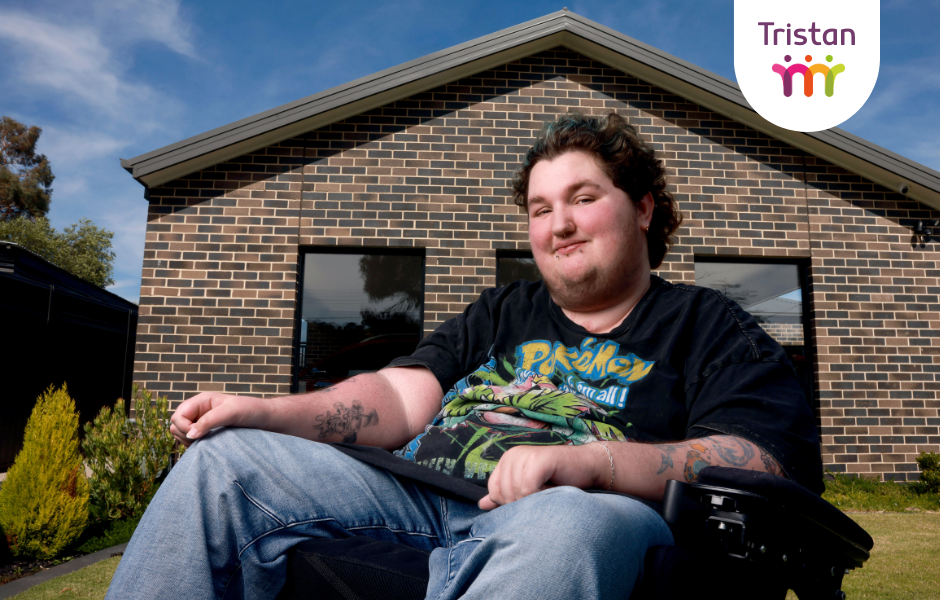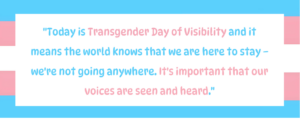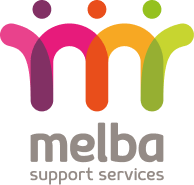Navigating two journeys: Tristan on disability and gender identity
March 31, 2025

For Tristan, life has been defined by two profound journeys: coming to terms with his gender identity and adapting to life with quadriplegia. His story of resilience and self-discovery offers powerful insights for those navigating similar paths.
“As a kid, I always knew I was a little bit different, but I didn’t really have the words to describe what that was,” he says. This sense of difference became more pronounced when he developed earlier than his peers, creating feelings of deep discomfort.
By the age of 10, Tristan had developed an understanding that would later crystalise into the recognition that he was transgender. “I had these thoughts up until I was 11, 12 years old,” he explains, “and then I had an accident, which left me a quadriplegic.”
The accident dramatically altered Tristan’s life trajectory. His exploration of gender identity temporarily took a backseat as he adjusted to his new reality as a person with quadriplegia.
“Those thoughts (of gender identity) were kind of put on hold for a few years,” he says. But as he navigated his teenage years, questions about his gender identity resurfaced with new urgency.
“When I was at the peak of my puberty, say 13, 14 years old, I was thinking a lot more about what my gender meant to me, and how I wanted to express myself,” he says.
This period of introspection enabled Tristan to come out to those closest to him and begin experimenting with different names and pronouns. The path to self-acceptance was made easier by supportive friends.
“Coming out to my friends as a child was a lot easier than approaching my family because they were really supportive from the start,” he says. His best friend has remained a constant presence throughout his journey, accepting him immediately when he expressed his desire to use a different name and pronouns.
“She was accepting from the very start and I felt very safe,” Tristan says. This early acceptance proved crucial in building his confidence.
Finding his true name was a process. “Tristan was a name that came after a couple of different ones,” Tristan says. “There was no inspiration. It was something that just kind of clicked,” he explains, highlighting how identity is often discovered through exploration rather than immediate revelation.
Coming out to family presented different challenges. Tristan approached his mother first, believing she might be more receptive since she already had a gay son.
“This is something that she’s kind of a little bit more aware of,” he says.
His father, whose views were “more old-fashioned”, made Tristan nervous. The initial reception from his family was difficult, but over time, his mother became increasingly supportive.
“It was with her help that I felt safe to come out to the rest of my family,” Tristan explains, demonstrating how acceptance often ripples outward from key family allies.

When asked about how his disability has impacted his gender journey, Tristan offers a nuanced perspective. “Having a disability initially scarred me when it came to my identity,” he says. “It was something that I kind of had to put on the back burner for a while because I had something a lot bigger to think about.”
However, as he’s grown and adapted, Tristan has found unexpected benefits in this intersection of identities.
“As I’ve grown, I’ve realised that having a disability has actually helped me understand my gender identity better,” he says. “I have a lot of people around me who support me, who I am able to relate with a lot more and greatly encourage me with my identity.”
Some of those people are Melba’s support workers, who Tristan credits with building his self-esteem and sense of self.
“My Melba support workers don’t see my identity or my disability – they just see me,” he says. “They care about you as a whole person. One of my most favourite things to do is go and see drag shows in Melbourne and here in Ballarat and Melba helps me do that.
“And it’s really great to see that the queer community is also accepting of my disability.”
The impact of living authentically has been profound. “After coming out to my family, I found a new sense of confidence,” he says. “It was something I didn’t have before, but now that my family sees me in the way that I see myself, I’m just a lot happier.”
This acceptance has strengthened Tristan’s family relationships, particularly with extended family members “who felt like they didn’t really know me beforehand”.
Before coming out, Tristan struggled with anxiety and feelings of displacement.
“I was different from the girls around me,” he says, “and I just felt really out of place. I was bullied a lot, too.” Interestingly, after coming out in high school, the bullying stopped.
For Tristan, today carries profound significance. He said:
 He emphasises the importance of representation for younger generations still finding their way. “There are a lot of kids of this generation who feel like they don’t have anyone to talk to or have anyone that might listen to them,” he says.
He emphasises the importance of representation for younger generations still finding their way. “There are a lot of kids of this generation who feel like they don’t have anyone to talk to or have anyone that might listen to them,” he says.
Tristan’s journey demonstrates the power of authenticity, the importance of supportive communities, and the unique strengths that can emerge when navigating multiple aspects of identity. His story is a beacon for others at the intersection of disability and gender identity, proving that with support and self-acceptance, it’s possible to thrive while embracing all parts of oneself.
Want to get to know Tristan a little better? Watch this video.
Are you navigating your gender journey and need support? Go to the Peer Navigation page on Transgender Victoria’s website.




